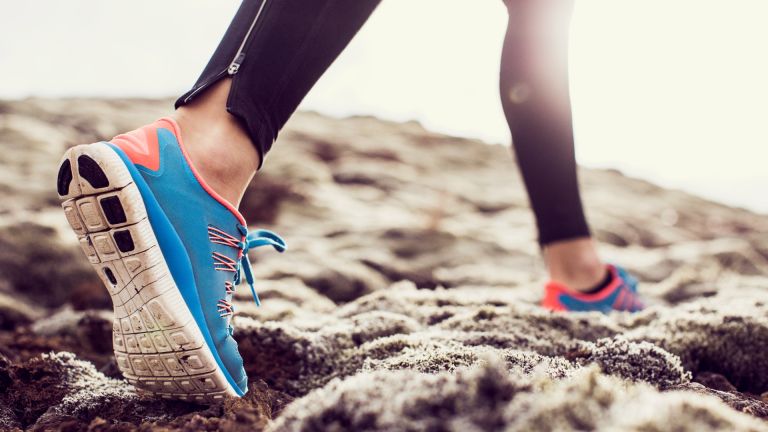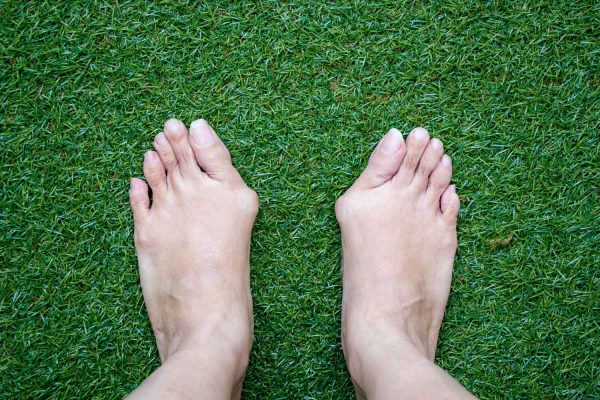Finding the right pair of running shoes can be a challenge. With so many different varieties available, it’s no wonder that many people are mystified in trying to find their perfect fit.
Determining what kind of running shoes you need depends on three key factors – the surface you run on, the type of running you do, and the support that your feet need.
By breaking down these factors, you can determine what kind of shoe you need to receive the perfect level of comfort and support.
What Surface Are You Running On?
When you run on grass or other soft surfaces, this means less concussive force because the ground gives way slightly under your feet, unlike running on roads or pavements. This means you need less cushioning to soften the blow than you would while road running, but you might need shoes with better grip as these surfaces can be more slippery and uneven.
Premium sportswear brands like Nike and Adidas offer running shoes dedicated to different running types. If you’re unsure about the price tag, be sure to use Nike discount codes or even look at sites like Depop and eBay, where you can find unworn shoes for less.
These types of shoes are often called ‘trail shoes’ because they’re purpose-built for trail running. For example, Nike’s ‘trail’ shoes are made with more support around the midfoot to make your foot feel more secure on rocky terrain.
Whereas, if you tend to hit the pavements on your runs, you’re subjecting your feet to more force from the ground and therefore need a road shoe that provides more cushioning. Lightweight shoes with extra cushioning are perfect for road running as they can absorb shock and thus minimise the potential risk of injury.
What Type Of Running Do You Do?
Looking for a pair of running shoes that can go the distance? Long-distance running or marathon running requires shoes soft enough to cushion the concussive forces of the pavement while also providing enough firmness and support to keep your feet feeling strong mile after mile.
Long-distance runners can also benefit from a wider toe box to allow for the extra swelling of the foot. Unlike experienced runners, first-time runners often need extra padding to protect their feet while they’re adjusting to this level of exercise.
Once your gait has adjusted to cope with the rhythm of long-distance running, you could try moving into more minimalist shoes that have less cushioning but provide more grip with the surface.
What Foot Shape Do You Have?
The shape of your foot has a significant impact on the type of running shoe you need, so understanding the shape of your feet and how this affects your running style is key to finding the perfect pair of trainers. There are three different types of arch: low arch, normal arch, and high arch, and each of these affects the support you need.
Flat feet with a low arch typically need shoes with a built-in arch that provide lots of stability. As flat feet tend to have weaker muscles, shoes with a solid structure help prevent the foot from rolling inwards.
Running shoes with guide rails benefit feet with low arches as they’re designed to push your foot back into place when your arch starts to roll.
Feet with a high arch need trainers that combine impact-absorbing cushioning with a midsole that provides adequate support.
Finding the perfect pair of running shoes is easy when you know what you’re looking for. By considering the surface you run on, the distance of your run, and the shape of your feet, you can be sure to find running shoes that provide the perfect level of cushioning and support.
I am an Ambitious girl with a special interest in writing and sharing my knowledge. I love to hangout with nature and learn from it. My words will display the power of nature to the best as I love to write about the environment.





